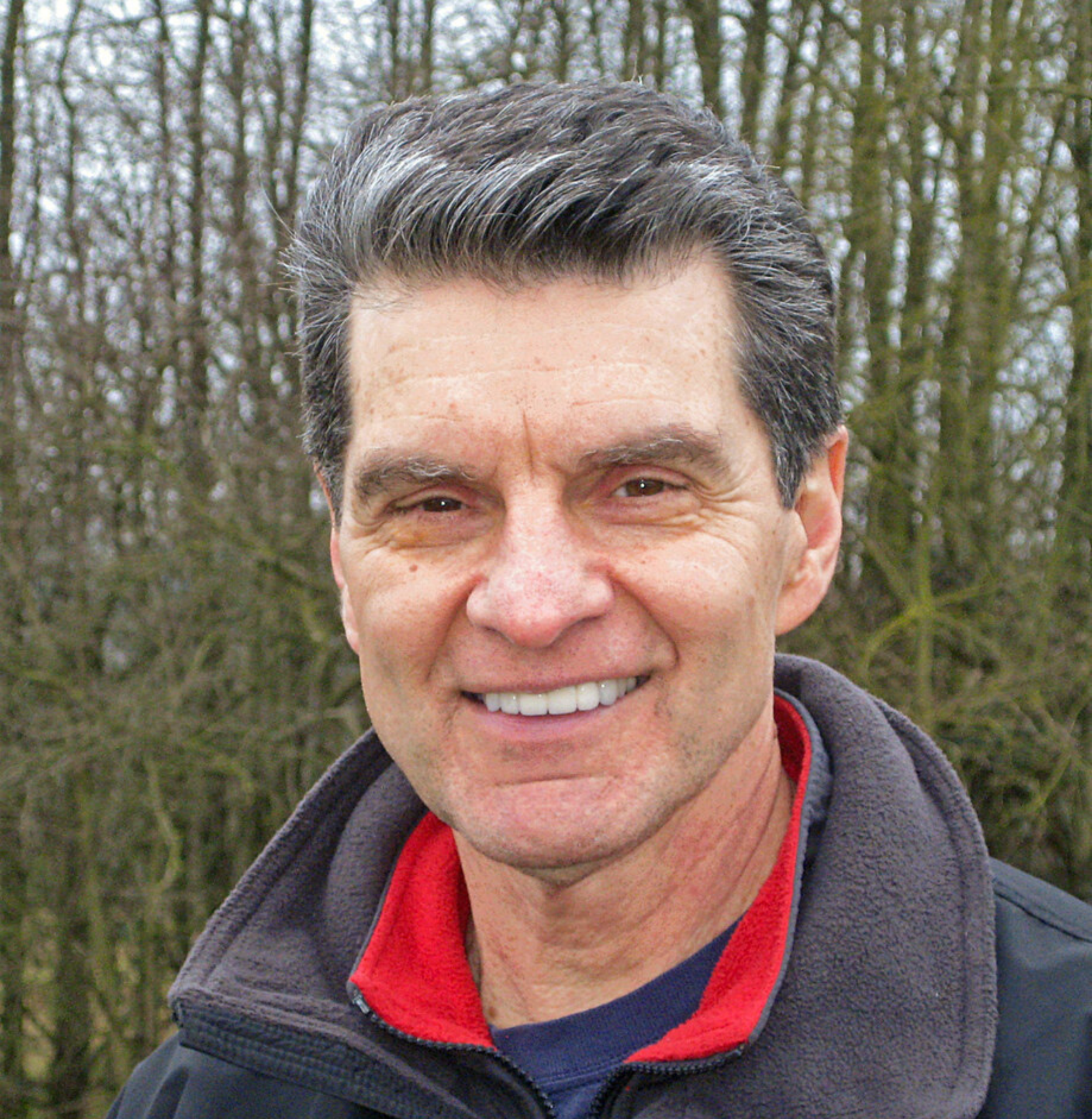2025 State of the Bird Report
Written by Andy McCormick
Andy McCormick, Volunteer and Former Board President of Eastside Audubon
The U.S. Committee of the North American Bird Conservation Initiative (NABCI) is a coalition of conservation and scientific organizations and other entities working to advance biological, social, and scientific priorities for North American bird conservation. Since its founding in 2008 the NABCI has worked to coordinate bird conservation efforts. In 1999 it was recognized by all three North American countries and a coordinated plan was developed to promote collaboration in conservation efforts. This month NABCI released its assessment of the State of the Birds for 2025 as a follow-up to the 2019 report of 3 billion birds lost published in the journal Science. Much of the following is quoted from the current report. You can read the Executive Summary here.
Pointing the Way Forward
The report’s Executive Summary highlights three key takeaways that together point the way forward for the conservation of our nation’s priceless ecological resources:
Sobering evidence that America’s birds continue to decline across the board.
Despite ample evidence that conservation can work, the status quo approach to conservation is not turning bird populations around.
What’s needed now is policy that implements proven conservation measures that help birds, habitats, and people.
One-Third of U.S. Birds Are in Need of Conservation Action.
That is 229 species of birds. These birds are considered Tipping Point birds which means they need help right away. They are species that have lost 50% of their population in the last 50 years. The most endangered are 42 species labeled Red Alert tipping point species. Most of these are seabirds. Another 37 species are labeled Orange Alert tipping point species. These birds have had accelerated declines in recent decades. Many of these Orange Alert birds are shorebirds, gulls, and grassland birds. Yellow Alert tipping point species have had long-term losses but are showing some stability in recent decades and continue to need protection through conservation. These birds include some warblers, sparrows, and woodpeckers.
What Has Worked in the Past and What Do We Do Now?
We know that concerted conservation efforts work. The science of methods to bring birds back is solid. We proved it with the recovery of the Bald Eagle, Peregrine Falcon, and Brown Pelican. Conservation works! Below are three more recent examples of applied science and focused conservation efforts to help birds.
Oystercatchers: A Shorebird in Recovery
Oystercatcher by Mick Thompson
In partnership with the National Fish and Wildlife Foundation, Manomet Conservation Sciences led the initiative of state, federal, and private groups to coordinate funding and management strategies across 16 states all along the Atlantic and Gulf coasts. By changing the dynamic from isolated projects to a coordinated multi-state oystercatcher effort, the recovery initiative stopped declines and ignited a 43% increase in the regional breeding population for American Oystercatchers.
Baird’s Sparrow: A Grassland Bird Resurgence
Baird’s Sparrow by USFWS Mountain Prairie / Flickr (CC BY 2.0)
More than 100 ranches have signed up to earn an Audubon Certified bird-friendly habitat designation—adding up to nearly 3 million acres of restored working rangelands from Wisconsin to California. On the certified Paul Ranch in North Dakota, Audubon biologists helped design a rotational grazing regimen that created a patchwork of mixed-grass habitat and spurred a 20% increase in the local Baird’s Sparrow population from 2017 to 2020.
Lewis Woodpecker, A Forest Bird Comeback
Lewis Woodpecker by Mick Thompson
The Pacific Northwest Oak Alliance, led by the Pacific Birds Habitat Joint Venture, published the Prairie, Oaks, and People Investment Strategy, calling for $300 million over the next five years to protect and restore 70,000 acres of forest. This will add to the $100 million invested in oak-prairie woodlands starting in 2020. Habitat gains, resulting from regional public/private/ tribal partnerships, are helping many birds, including Lewis’s Woodpecker, a Tipping Point species.
We Can Do This!
Concerted, coordinated efforts across habitats, national boundaries, conservation organizations, and private partnerships to support working lands, combined with national support, will provide habitat for birds. When given a chance, birds will recover.





